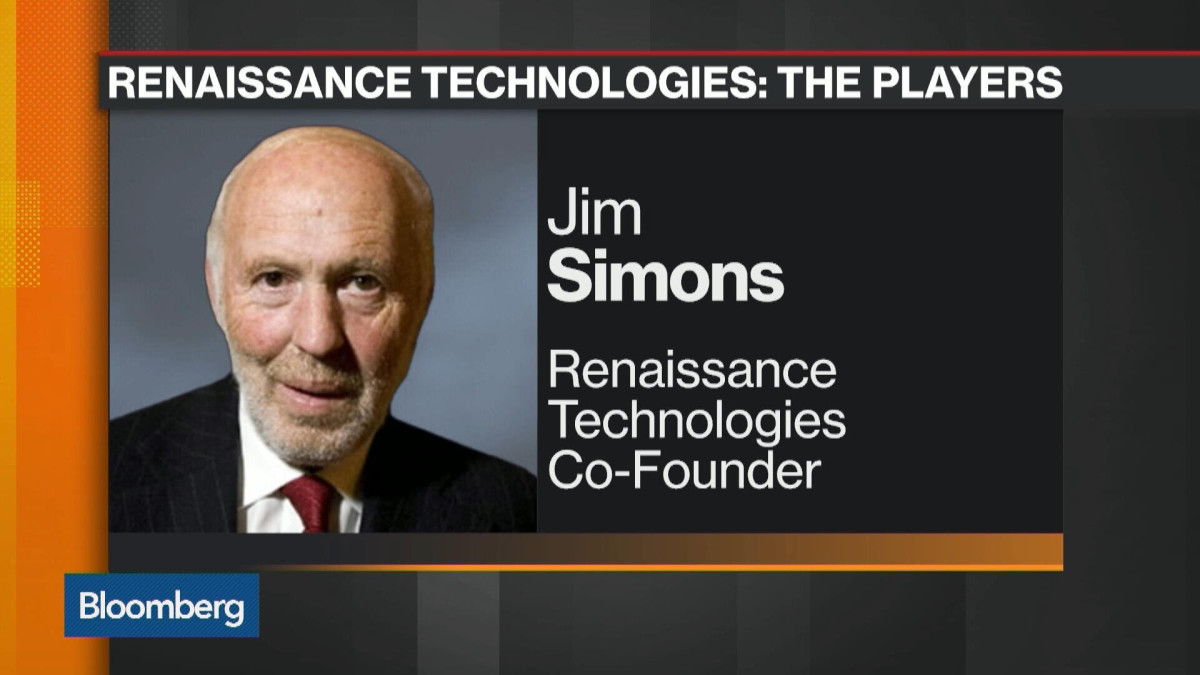If you’re like a lot of people, you may dream of one day sitting on a beach on your own private island, managing your own money for yourself.
You pay yourself the massive investment management fees and bonuses, adding to your stockpile of billions in net worth. In addition to whatever gains you’re able to extract from the market, of course.
The owners and managers of one particular fund were able to do just that–Renaissance Technologies.
What is Renaissance Technologies?
If you’re unfamiliar with the hedge fund space, and even if you are familiar with it, you wouldn’t be blamed for not knowing the name Renaissance Technologies. It’s famously known for a highly secretive, primarily high-frequency, quantitative investing approach.
Founded in 1982 by James Simons, a former National Security Agency (NSA) codebreaker and mathematics professor, Renaissance Technologies managed several funds in the early eighties before focusing on its flagship Medallion Fund starting in 1988.

Simons was estimated to be worth over $31 billion at the time of his death in 2024 at the age of 86.
While they definitely don’t sit on a beach, Renaissance investment managers were able to take the billions they earned to make the premier Medallion Fund into an employee-only (current and former) fund in 2005.
Related: Nvidia quietly buys more stock in AI infrastructure favorite
Since then, the fund has been closed to outsiders and has maintained an aura of secrecy about its operations and strategies, adding to its mystique.
The Medallion Fund reportedly manages over $71 billion in assets under management, or AUM, and has an even larger footprint due to its high use of leverage and rapid turnover of positions.
However, Renaissance’s main claim to fame is its spectacular annual returns. Gains on the order of +60% are not uncommon for the quantitative powerhouse. It has beaten all other quantitative hedge funds in history, with net annual returns of around 39% and gross returns over 66%.
Renaissance intentionally keeps the amount of money it manages on the low side, as its strategies work better under limited volumes, translating to better returns on a smaller amount of AUM.
Latest 13F SEC filing shows appetite for IT, communications
According to Renaissance Technologies’ latest 13F filing for Q2, we can see that the firm made big trades on Palantir (PLTR) , Nvidia (NVDA) , Robinhood (HOOD) , and (NFLX) .
Related: $34 billion hedge fund buys more Nvidia stock, sells DoorDash
Specifically, the hedge fund:
- Sold to take profit on about 20% of its largest holding, Palantir (PLTR), a high-flying data and AI company. Despite the sale, PLTR is still the largest holding at 2.14% of the total portfolio and is worth about $1.8 billion.
- Bought and initiated a meaningful stake in Nvidia (NVDA) to the tune of $1.2 billion, making it the second largest holding in the fund.
- Sold and took profit on 30% of its third-largest holding, Robinhood Markets (HOOD), by selling approximately 5.1 million shares. HOOD is still the number three holding in the portfolio valued at $1.1 billion.
- Bought over half a million shares and opened a new position in Netflix (NFLX) to the tune of more than $700 million, making it the fifth largest holding in the fund.
From those market actions alone, we can see some healthy profit taking on seriously high-flying holdings and some rebalancing in the portfolio for longer-term positions.
We can also see a solid appetite for AI-related investments and those communication service companies that support the AI infrastructure boom.
This is a trend within the broader hedge fund community, supporting AI and tech stocks in the process. With the concentration of capital, attention, and steady buying on dips, they’re effectively holding markets up in near all-time high territory.
Renaissance blows away the competition again in 2025 YTD
While Renaissance does not publish interim returns, market chatter suggests the Medallion Fund is up around 45% YTD. That’s compared with low single-digit returns for other quantitative funds. When it comes to steady and stellar returns, it’s hard to beat Renaissance Technologies.
Their quantitative strategies exploit market volatility and short-term inefficiencies across markets to make money (arbitrage). There was plenty of both in the second quarter, allowing market dynamics to play to Renaissance’s strengths.
Investors would be wise to follow some of the read-between-the-lines portfolio changes that are taking place in the hedge fund space for clues as to future market moves and good old investing principles.
Related: Bill Ackman pours billions into 2 tech stocks amid AI boom
#Secretive #hedge #fund #takes #profit #highflyer #buys #major #position